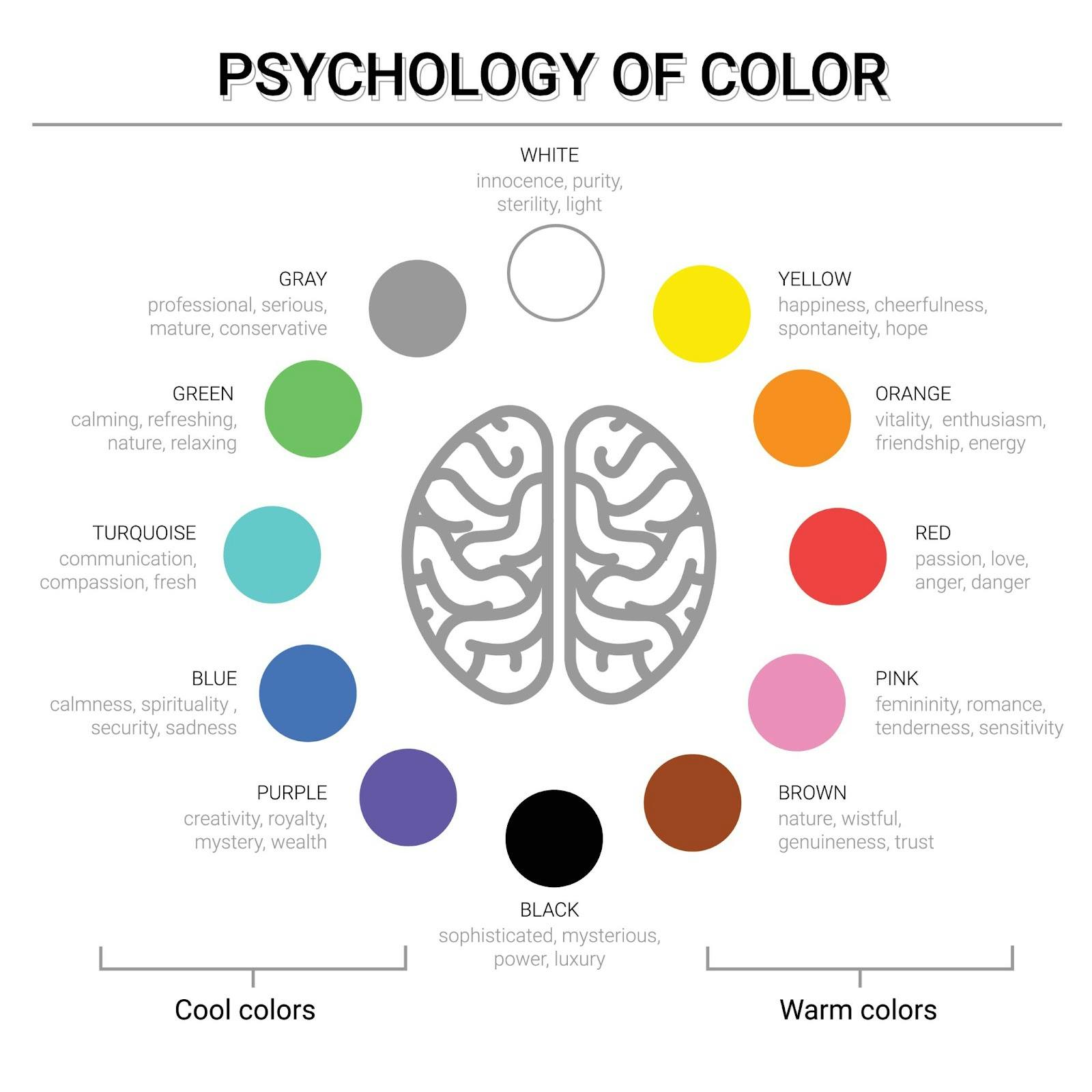The Psychology of Color in Living Areas: Exploring Optimal Color Palettes for Enhanced Well-being and Comfort

Color is a powerful element in interior design, as it can influence the mood, atmosphere, and perception of a space. Choosing the right color palette for living areas, such as living rooms, dining rooms, and bedrooms, can have a significant impact on the well-being and comfort of the occupants. This article explores the psychology of color in living areas and provides some guidelines for selecting optimal color palettes that suit different needs and preferences.
Color psychology is the study of how colors affect human feelings and behavior. Different colors can evoke different emotions, associations, and responses, depending on the context and the individual. For example, red can stimulate appetite and conversation, but it can also increase blood pressure and aggression. Blue can create a sense of calmness and relaxation, but it can also lower body temperature and induce sadness.1
Some general principles for choosing colors for living areas are:
- Use warm colors, such as red, orange, and yellow, to create a cozy and stimulating atmosphere. Warm colors can enhance social interaction, creativity, and energy. However, avoid using too much or too bright warm colors, as they can also cause restlessness, irritability, and anxiety.2
- Use cool colors, such as blue, green, and purple, to create a serene and soothing atmosphere. Cool colors can promote relaxation, concentration, and healing. However, avoid using too much or too dark cool colors, as they can also cause depression, coldness, and detachment.3
- Use neutral colors, such as white, gray, black, and brown, to create a balanced and versatile atmosphere. Neutral colors can complement any other color and create a sense of spaciousness, elegance, and sophistication. However, avoid using too much or too bland neutral colors, as they can also cause boredom, dullness, and lack of personality.4
Some specific examples of optimal color palettes for living areas are:
- For living rooms: A combination of green and blue can create a relaxing and refreshing atmosphere that encourages conversation and harmony. Green can also symbolize nature and health, while blue can symbolize trust and stability. Alternatively, a combination of red and yellow can create a warm and cheerful atmosphere that stimulates appetite and creativity. Red can also symbolize passion and excitement, while yellow can symbolize happiness and optimism.
- For dining rooms: A combination of orange and brown can create a cozy and appetizing atmosphere that enhances social interaction and comfort. Orange can also symbolize warmth and enthusiasm, while brown can symbolize earthiness and stability. Alternatively, a combination of purple and gold can create a luxurious and elegant atmosphere that impresses guests and adds glamour. Purple can also symbolize royalty and sophistication, while gold can symbolize wealth and success.
- For bedrooms: A combination of lavender and gray can create a soothing and romantic atmosphere that promotes restful sleep and intimacy. Lavender can also symbolize femininity and gracefulness while gray can symbolize neutrality and calmness. Alternatively,a combination of turquoise and white can create a bright
"Transform your space into a masterpiece with our expert interior design services - where aesthetics meet functionality for a truly captivating experience. Contact us today!"
Sources: 1. insider.com2. assets.cambridge.org3. domestika.org4. mymove.com
